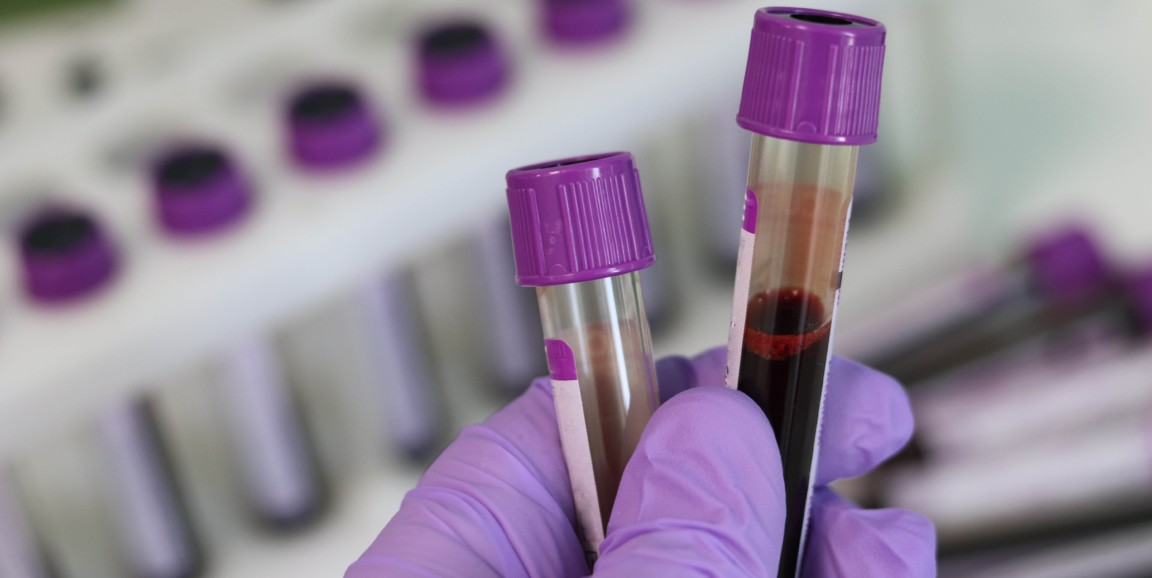Children with the neurological diseases known as lysosomal storage disorders seem normal at birth. But their bodies are missing key components of the machinery that helps cells "empty the trash." Over time, wastes build up in their cells, causing severe cognitive and neurological degeneration.
Stanford scientists have come up with a new strategy to help: "We can use the blood to treat the brain," said Stanford clinical genetics expert Natalia Gomez-Ospina, MD, PhD.
In a paper published in Nature Communications, Gomez-Ospina and her colleagues describe how they genetically engineered blood stem cells to perform a helper role in the brain. The paper, describing proof-of-concept experiments in mice, could lead to a new way to help a very vulnerable group of children.
"These kids are born normal and they deteriorate," said Gomez-Ospina. Patients have many physical difficulties, including breathing, heart and bone problems, but it's their developmental regression that is perhaps most devastating. "This group of diseases is the most common cause of neurodegeneration in children," said Gomez-Ospina.
The researchers studied mice that had the same gene defect as people with a lysosomal storage disorder called mucopolysaccharidosis type 1. Because of the gene defect, the mice don't make an enzyme called iduronidase. Mice missing this enzyme develop neurological, skeletal and visceral abnormalities similar to those in people.
To conduct their experiment, the team first isolated blood stem cells from human donors. Using CRISPR-Cas9 gene editing, the researchers engineered the stem cells to manufacture the missing enzyme in larger-than-normal amounts. They introduced the human stem cells into the mice. Some of the cells crossed the blood-brain barrier into the brain and set up shop making the enzyme there. This reversed symptoms of the disease.
Why does this tricky piece of engineering work? "Lysosomal enzymes are constantly secreted into the extracellular space," Gomez-Ospina said. "A cell that makes and secretes the enzyme can provide it to neighboring cells. In our method, the blood is working as an enzyme depot for other organs."
Now that they've shown that their approach works in mice, Gomez-Ospina and her colleagues are applying for funding to do the detailed preclinical studies that can move the technique toward clinical trials in people.
"With the right funding, we think we're about two years from applying to the FDA for an investigational drug," she said. "This is a platform that could work for this whole family of neurological diseases. It's very exciting."
Photo by Belova59




